
Photo Credit
Lmmahood/Getty Images
Subhead
Planting, Growing, and Caring for Milkweed
Read Next
Types
- Common milkweed (Asclepias syriaca) is a hardy perennial that will thrive almost anywhere in the United States, especially east of the Rockies and into Canada. It needs sun, reaches 2 to 6 feet tall with wide gray-green velvety leaves, and is an aggressive grower. Don’t plant this in your flowerbed or it will take over. It has a wide-spreading root system and needs an area all its own where it can really stretch out. It has pale purple-pink flowers that are very fragrant and attract many pollinators in addition to monarch butterflies.
- Butterfly weed (A. tuberosa) is less aggressive than the common milkweed, growing only 1 to 2-1/2 feet tall. It is commonly grown in gardens, adapts well to moist or dry soil, and has very showy orange flowers. It likes full sun and is hardy in Zones 3 to 9.
- Swamp milkweed (A. incarnata) has thinner leaves and more colorful flowers than common milkweed. It is better-behaved than common milkweed, forming clumps rather than spreading out. It grows 2 to 4 feet tall, has deep rose-pink flowers, and is shade tolerant. It will grow in wet soil near lakesides or damp marshlands but also grows well in average garden soil and is hardy in Zones 3-9.
- Showy milkweed (A. speciosa) is native from west of the Mississippi into California and north to Canada. It has pastel pink flowers on 2- to 4-foot-tall plants. It is drought tolerant, making it a good plant for arid plains and prairie-lands, though it grows well in moist garden soils as well. It needs full sun and is hardy in Zones 3-9.
Gardening Products
More Like This
I pick some milkweed pods from a friends pond area, back around Labor Day. Allowed them to dry out & separated from the silk. I live in Pa zone 6b, is it safe to plant the seeds at this time?
I've planted seeds in the fall & they come up earlier in the spring than if I wanted until spring to plant.
I grew several milkweed plants from seeds last year. This year they came back and brought several monarchs to my garden. I live in MA. Yesterday I discovered several monarch caterpillars. I love the orange butterfly weed and plan to plant more next year. They were easy to grow and beautiful addition to my garden.
I live in Oregon near the Columbia River Gorge. I have a successful garden with four raised beds plus plenty of room for flowers. I planted Orange Milkweed which thrived for the past three years but have seen no Monarch butterflies yet my garden attracts birds, bees and moths. Is Oregon in the pathway of Monarchs? I realize they've been on the decline and want to help in the solution long term. Suggestions, please.
Thanks!
Monarchs may be found in eastern Oregon in the spring and summer, but it appears that they aren't as common in western Oregon. So, you may be just out of their natural range! The best thing you can do for your garden is to plant native plants (and native varieties) that are naturally found in your area. This will attract the wildlife you want!
Do you buy milkweed seeds at feed stores? Or take them from fields and transplant
I bought my milkweed seeds from the Live Monarch website. They not only have seeds specific for certain areas, they detail how and when to plant and how to care for the caterpillars as they are growing. It’s very affordable and informative.
Hi Carol. I have lots of milkweed seeds that I collected last year. If you would like some, I’d be glad to share. No charge. I live in WV.
Hi Jill... I would LOVE some milkweed seeds. Are you willing to share with anyone or do you know Carol? :) I have a garden in my backyard that I'd love to plant some milkweed in. Please let me know! Thanks so much..
I too am in search of milkweed seeds if you have any to spare. I live near West Virginia.
- « Previous
- 1
- 2
- …
- 10
- Next »

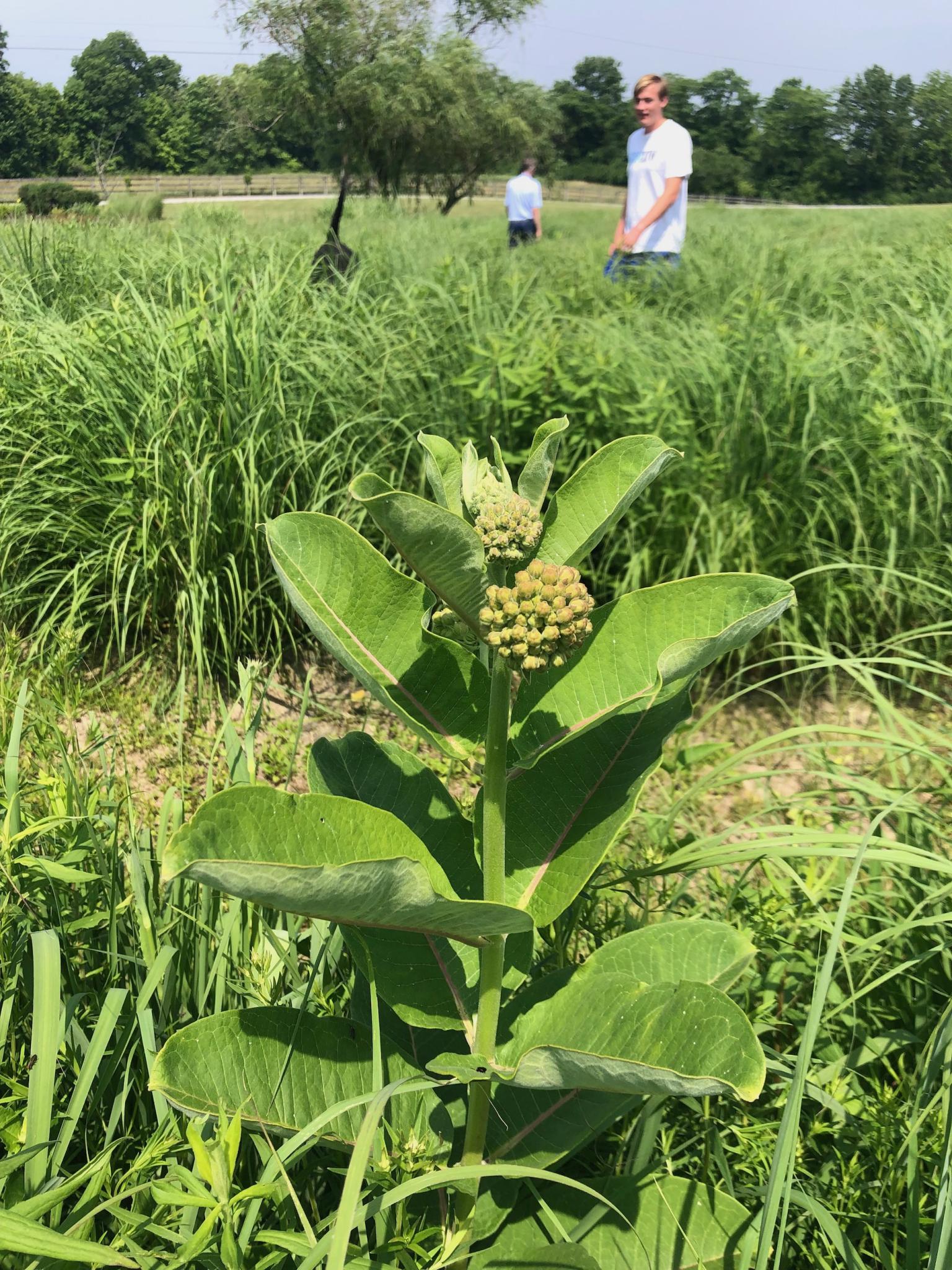
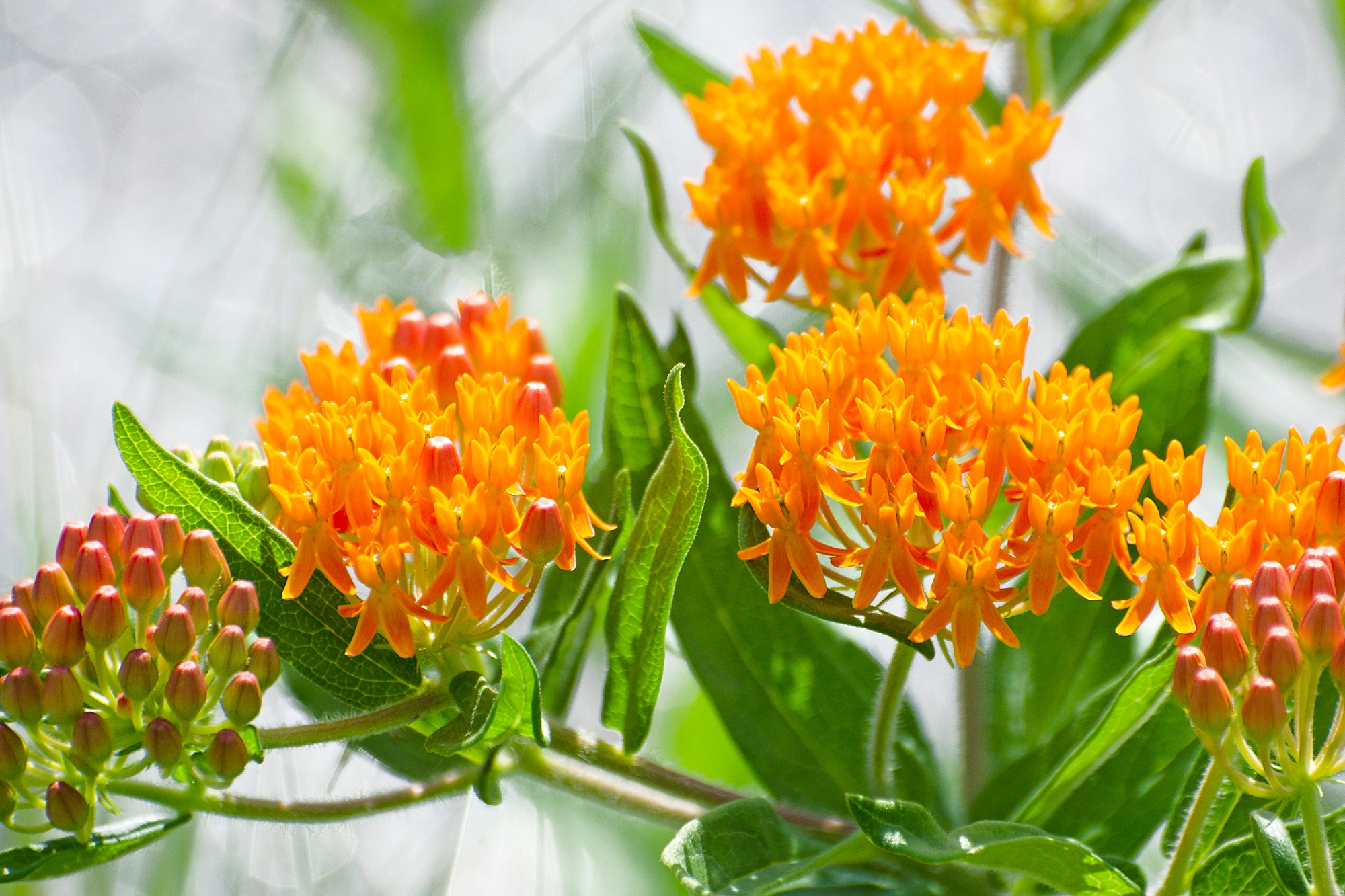
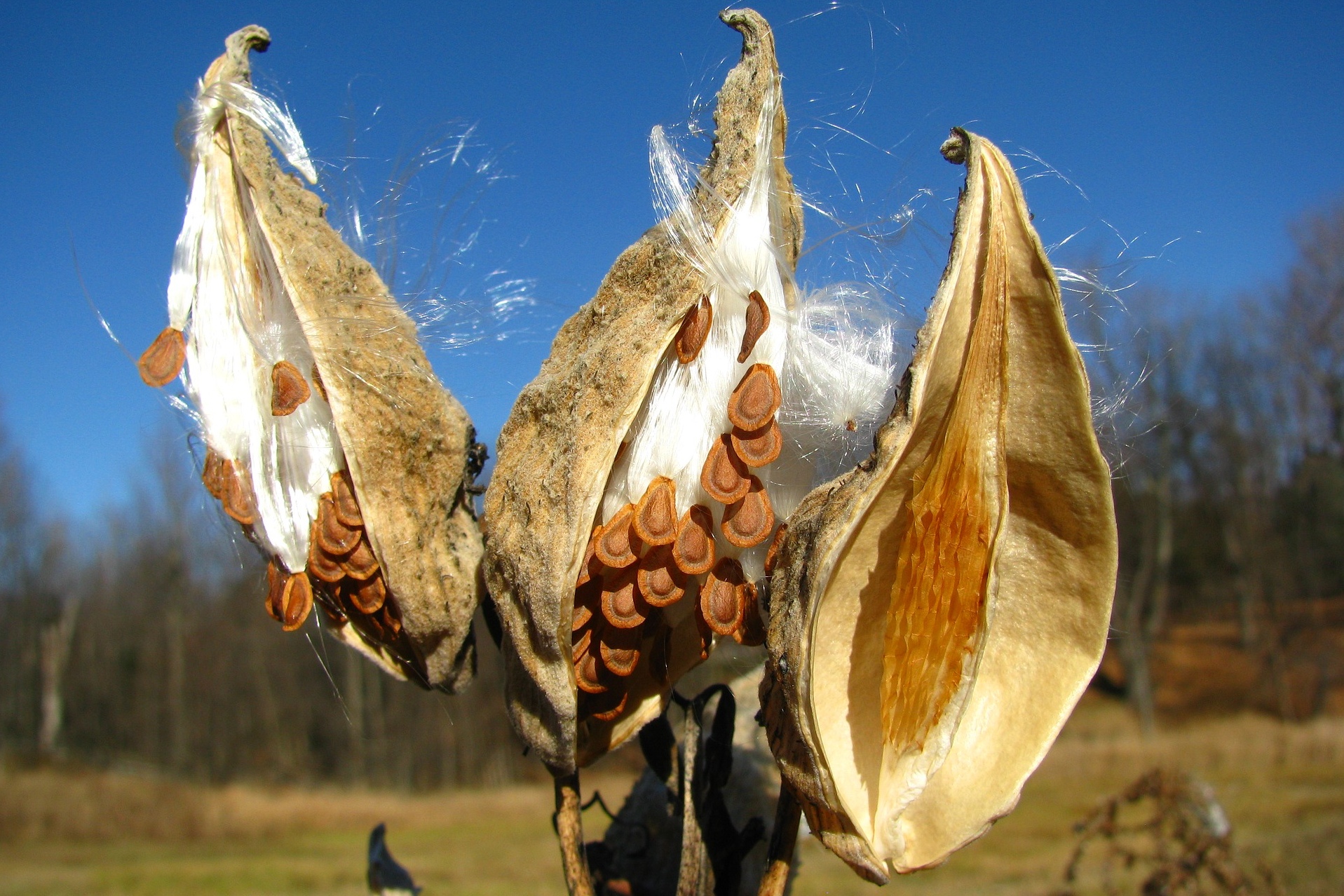


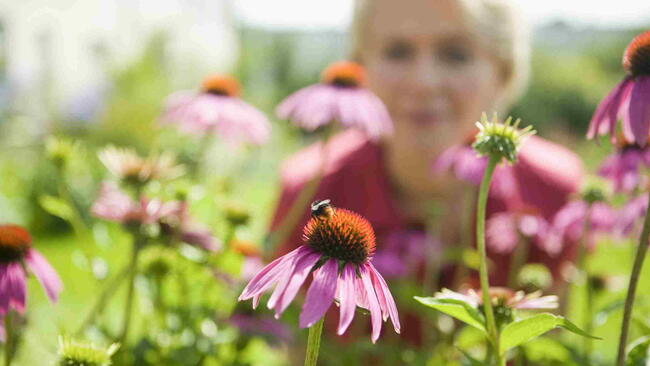

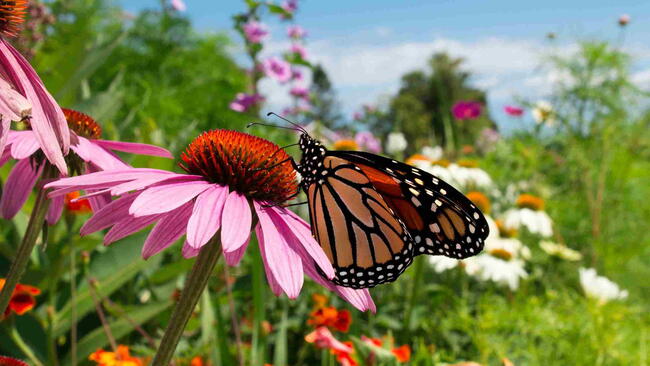

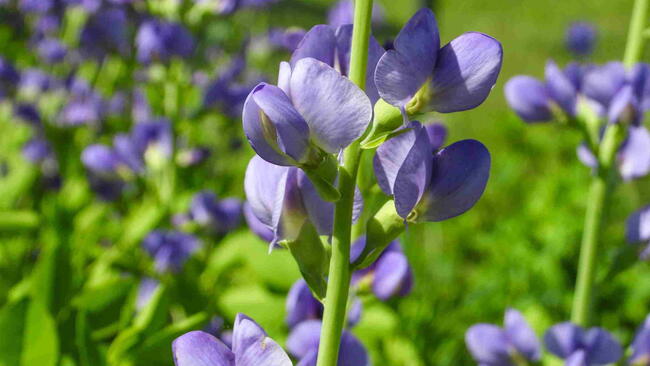


Comments